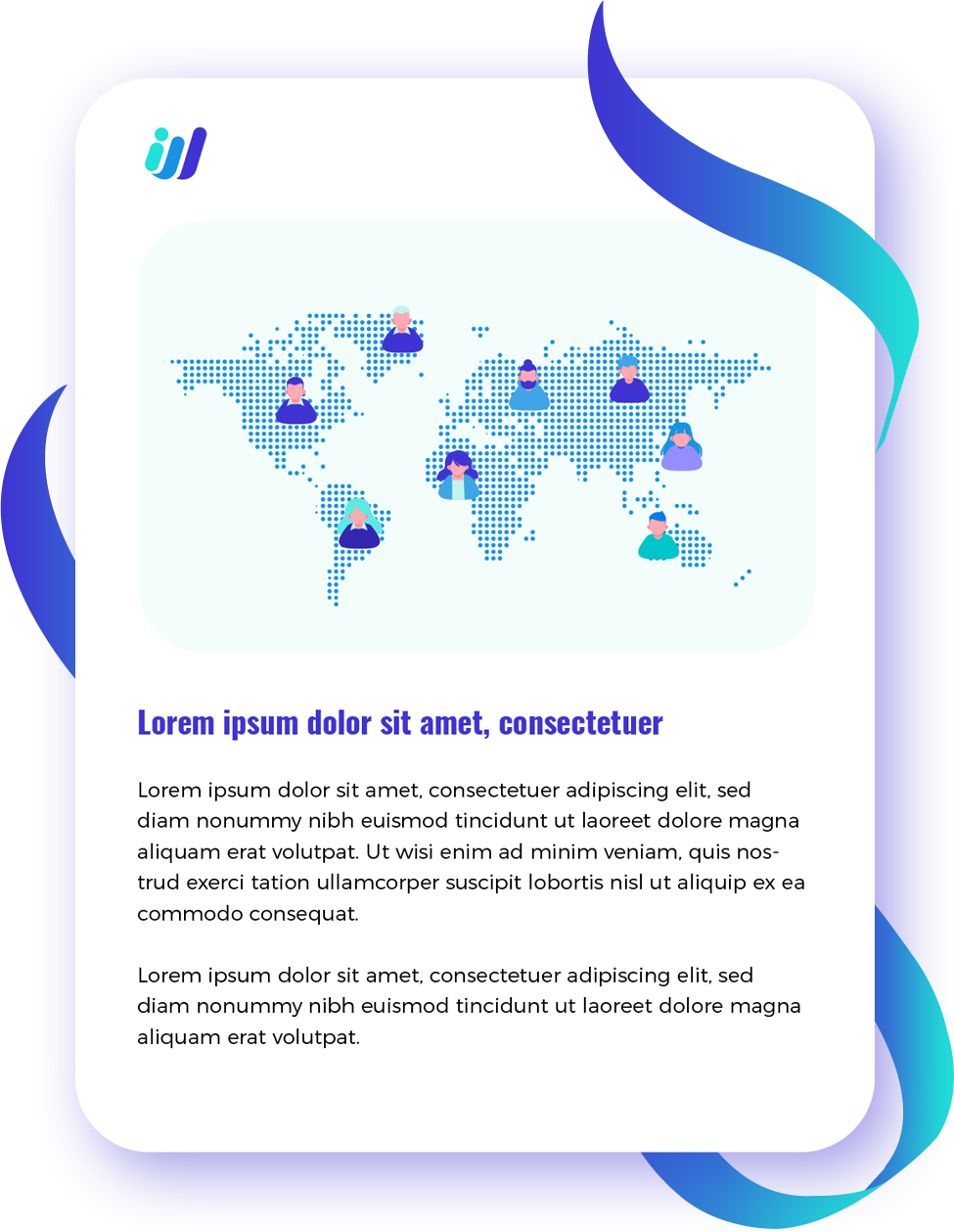The talent war is on and it’s going to get ugly. Companies are being forced to look inwards and ask themselves how they can best take advantage of the current situation. Organizations need to be clear about their purpose as they want to attract and retain top talent. Last year, training budgets were cut by 25% as a result of the pandemic; this year that figure is expected to increase to 33%. Another challenge organizations will face is communicating the company’s mission, goals and values to employees who work remotely.
Companies are being forced to look inwards and ask themselves how they can best take advantage of the current situation.
The current situation is that there is a shortage of skilled workers. Companies are being forced to look inwards and ask themselves how they can best take advantage of the current situation.
The companies that can best take advantage of this situation are those who have a clear mission and vision, as well as employees who are excited about what they do every day. These organizations will also be able to attract and retain top talent because they offer rewarding careers with flexible schedules, great benefits packages and opportunities for growth within their organization.
Organizations need to be clear about their purpose as they want to attract and retain top talent.
- Define the problem before starting on a solution.
- Set goals before you start. Don’t worry about what other people’s goals are but be ambitious and realistic on your own. For example, if you want to lose 10 pounds by January 2019, set a plan for yourself to accomplish this goal by that time frame—but don’t feel bad if it doesn’t work out exactly as planned!
- Be strategic about your fitness goals and make sure they’re attainable within three months or six months at most (whatever works best for you).
Last year, training budgets were cut by 25% as a result of the pandemic; this year that figure is expected to increase to 33%.
What’s more, this is the first time since World War II there will be no new hires from European countries.
Another challenge organizations will face is communicating the company’s mission, goals and values to employees who work remotely.
The first step is knowing your audience. If you’re not sure who your remote team members are, start by asking yourself two questions:
- What do they do? And how do they feel about what they’re doing? Once you have an idea of where each individual falls in the organization, it’s time to tailor messages that resonate with them personally.
- Employees want a more flexible work environment, which includes extra vacation days, shorter work weeks and flexible start times.
- A flexible workforce is good for the company’s bottom line. It can help attract top talent and retain current employees by making it easier for them to leave their jobs on bad terms in favor of other opportunities within the same organization.
- Companies are becoming increasingly aware of how important quality time with family members is to employees’ overall happiness levels at work. To meet this need, many companies have implemented policies that allow workers to take paid time off during certain seasons (e.g., summer) or send emails requesting specific days off each week so that they can spend more time with their families without having those days interrupted by an unexpected meeting or event outside these parameters would mean losing money due not being able to pay their bills when they would otherwise be working instead.
The war for talent is going to heat up in 2021 as companies fight tooth and nail over the best and brightest workers. It’s no secret that we live in a time of unprecedented economic growth, but its also no secret that while some people benefited many also suffered or even lost their jobs.
Companies need to address the way they recruit, retain, train and motivate talent if they want to attract the best people available.
The first step to attracting and retaining the best talent is understanding what’s important. Companies need to be clear about their purpose, communicate regularly, and make sure everyone knows what the company stands for and why people should want to work there.
Companies also need flexibility in hiring practices—they should be open-minded about how they recruit new employees, whether that means changing their processes or offering more training opportunities for current staff members who are looking for something new.
Finally, companies should be open-minded about flexible working hours (or even part-time schedules) if that’s what it takes for employees who want them.
We’re not here to tell you that it’s going to be easy or even possible to find great talent. But we know that if you want your organization to succeed, then you need the right people on board. And while those people may come from different backgrounds, they all share one thing in common: they care about their work and their colleagues!
In the Third Wave of Outsourcing, the best talent can be located anywhere around the globe! Companies are no longer limited to their brick-and-mortar location in hiring and developing the brightest workers to work remotely for them.
We hope this article has given you a clearer picture of how your organization can attract top talent in order to make sure everyone has what they need at work.
More on Third Wave Outsourcing
The Third Wave Outsourcing is a new era for growth and expansion. It gives people and their skills a spotlight to shine. For employers, it’s a race to find the best and brightest for their companies, no matter where they are. It’s easy to cross borders and cultures for the assurance your company will be in great hands.
The Third Wave of Outsourcing is a vast, brand-new world. Wan to learn more about it? Download the FREE E-BOOK now!



